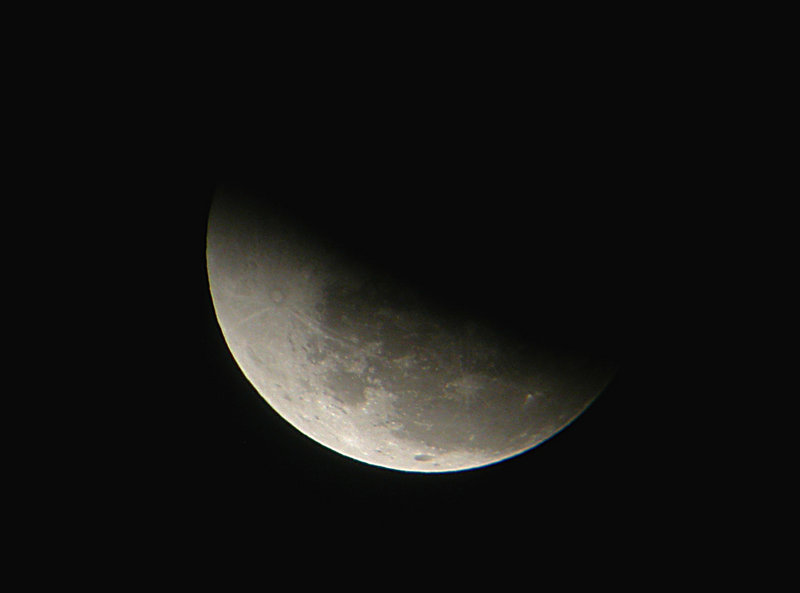No matter your beliefs, the month of December is all about celebrating light — from the candles on the Menorah to the lights on the Christmas tree to the winter solstice and the star guiding the Magi to their new king.
The “Season of Light” show at the Southworth Planetarium offers an interesting perspective about light — celestial and otherwise — and is a great way to add a little education to holiday-season family activities.
We all are aware that December is a sun-deprived month. On the winter solstice (Dec. 21), the sun is at its lowest in the sky. And because of this, the producers of the “Season of Light” show explore the reasons so many cultures have notable events to celebrate life and light at this time of year.
Today astronomers know the loss of sunlight is because the earth tilts away from the sun (on the winter solstice, it tilts 23.5 degrees away). But people in ancient times watching the sun descend, and not understanding what was happening, felt they needed to do something to ensure the sunlight would return.
So these early cultures created celebrations in November and December to influence the sun.
The planetarium show at the University of Southern Maine in Portland offered examples of the many ways humans have celebrated the winter solstice.
The Hopi in the American Southwest calculated the time of the winter solstice and spent 16 days performing rituals and ceremonies to encourage the sun to return for another growing season. The ancient Romans honored their god of agriculture, Saturn, with a week-long celebration, called Saturnalia, around the winter solstice.
“Oooh, I heard about Saturnalia in my ‘Roman Mysteries’ books,” whispered my 14-year-old, who was thrilled to know this historic holiday reference.
A brief history of a variety of other world celebrations also offered some insight into the evolutions of the Christmas tree, decking the halls, mistletoe (evergreens were considered a symbol of eternal life by the Romans, Egyptians and northern Europeans), Santa Claus and many other familiar secular traditions.
After the prerecorded “Light” show, a planetarium staff member fired up the mechanical star projector in the dome to help novice stargazers identify stars, constellations and planets we can see in the night sky this month. The whole show ran about an hour.
My kids enjoy stargazing, but have a limited repertoire of things they can accurately identify (same goes for me). But each time we visit the planetarium we pick up something new, and the combination of the “Season of Light” show with the indoor stargazing was no exception.
“I learned that solstice actually means ‘sun still’ and I didn’t know that. I thought that was really interesting,” my 14-year-old said as we walked out of the planetarium.
Notable stargazing nights added to our family calendar this month include the Geminid meteor showers that will peak Monday and Tuesday, and the total lunar eclipse on Dec. 21, which coincides with the winter solstice.
The Southworth Planetarium is hosting a lunar eclipse viewing from 12:45 a.m. (yes, it’s just after midnight) until 4 a.m. Dec. 21.
My 13-year-old was feeling a bit smug about her knowledge of the night sky after this particular show.
“People from way back when coaxed the sun to come back up again, but people nowadays don’t do that because they know it’s always going to come back up. We know a lot more about this stuff than people used to.”
The Southworth Planetarium has several more showings of the “Season of Light” this month, along with other star shows and events sure to spark an interest in your family to view the night sky together this month.
Staff Writer Wendy Almeida can be contacted at 791-6334 or at:
wea@mainetoday.com
Follow her on Twitter at:
Twitter.com/Raisin
Copy the Story Link
Send questions/comments to the editors.



Success. Please wait for the page to reload. If the page does not reload within 5 seconds, please refresh the page.
Enter your email and password to access comments.
Hi, to comment on stories you must . This profile is in addition to your subscription and website login.
Already have a commenting profile? .
Invalid username/password.
Please check your email to confirm and complete your registration.
Only subscribers are eligible to post comments. Please subscribe or login first for digital access. Here’s why.
Use the form below to reset your password. When you've submitted your account email, we will send an email with a reset code.